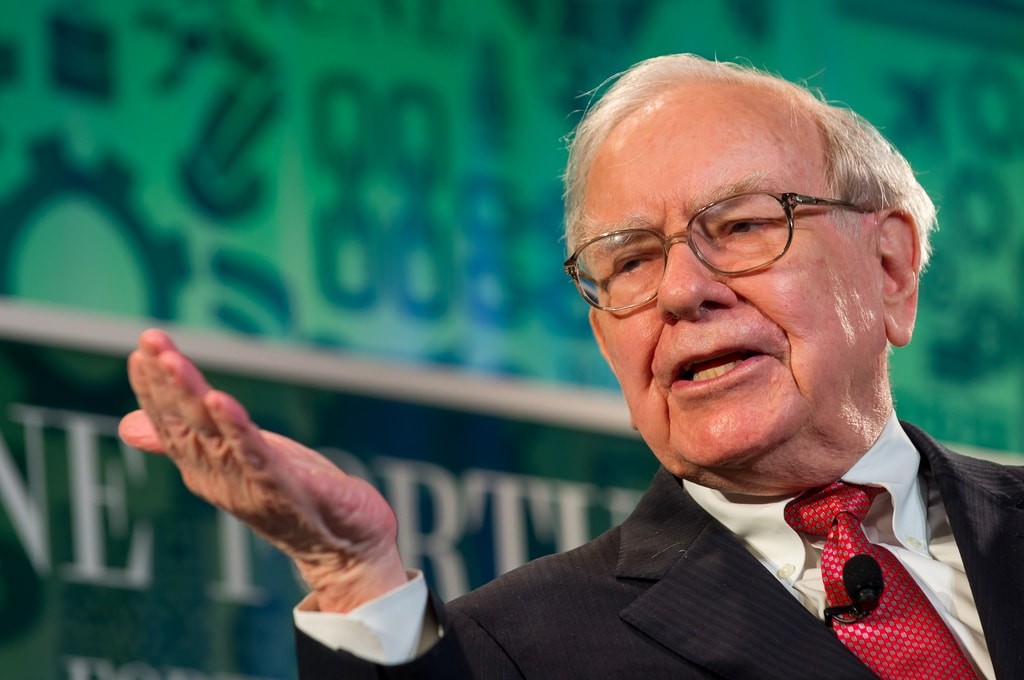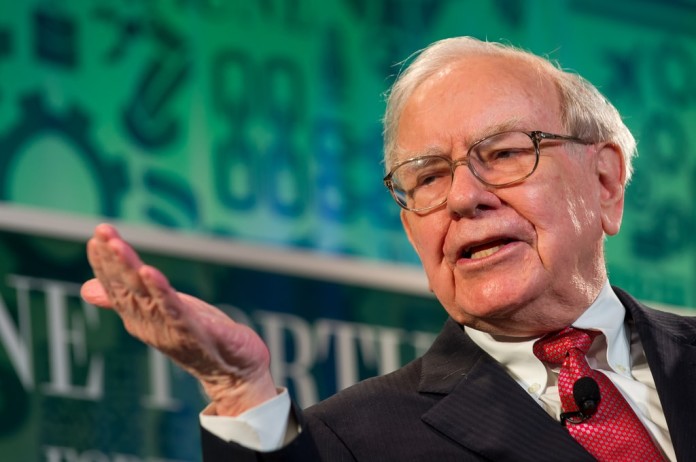The Berkshire Hathaway Annual Letter can be considered as a landmark, a sort of guide for financial market participants’. The one published on February 24th, is not only providing investors with some insights about the performance of last year. Warren Buffett is literally suggesting how to navigate difficult markets with a very constructive long-term view.
Let’s say that a stunning track record of over 50 years is the best proof to consider its long-term approach a reliable one. In fact, if we consider the book value of Berkshire during the period 1965-2017, the Oracle of Omaha delivered a compounded annual gain of 19.1 %, almost twice the performance of the S&P500, 9.9% dividend included.
“Berkshire’s gain in net worth during 2017 was $65.3 billion, which increased the per-share book value of both our Class A and Class B stock by 23%”. As stated further in the letter, a large portion of the gain came from fiscal benefits after the Congress rewrote the U.S. Tax Code. Hence, on a total of $65 billion gain, only $36 billion came from Berkshire’s operations.
The acquisition process is based on four building blocks with the aim of adding value to Berkshire:
- sizable stand-alone acquisitions;
- bolt-on acquisitions that fit with businesses we already own;
- internal sales growth and margin improvement at our many and varied businesses;
- and investment earnings from our huge portfolio of stocks and bonds.
The focus at year-end last year is that the company has $116 billion parked in liquidity because they cannot find anything cheap enough. And this is fully in line with one of Buffett’s quote “It’s far better to buy a wonderful company at a fair price than a fair company at a wonderful price”.
About the opportunity to invest their cash, it is very crucial to highlight that even if their investment approach is founded on a long-term buy and hold strategy, at this point they are aware about some expensiveness in market assets. Late in 2012, Berkshire decided to deleverage its safe-haven bond portfolio and to switch it in a more promising equity investment. They bought 11’200 of Berkshire “B” shares with the rationale to earn more than 0.88%, that was the yield to maturity offered by the bond portfolio. A certain income of $1 million vs. what Berkshire delivered in five years for having invested in own shares: $2’222’279.

Clearly it is always a relative valuation that makes an investment potentially more interesting than another one. The fact that at this stage, Warren Buffett is finding some difficulties in finding exceptional profitable investment is a signal that some valuations into the equity space looks like expensive. May be not only in absolute terms, looking at the underlying metrics, but also in relative terms.
Now a day that we are approaching at a very psychological level of 3% for the 10yr Treasury, some long-term players, like pensions funds, potentially could start to consider US Government yields attractive.
Christian Zorico: LinkedIn Profile


